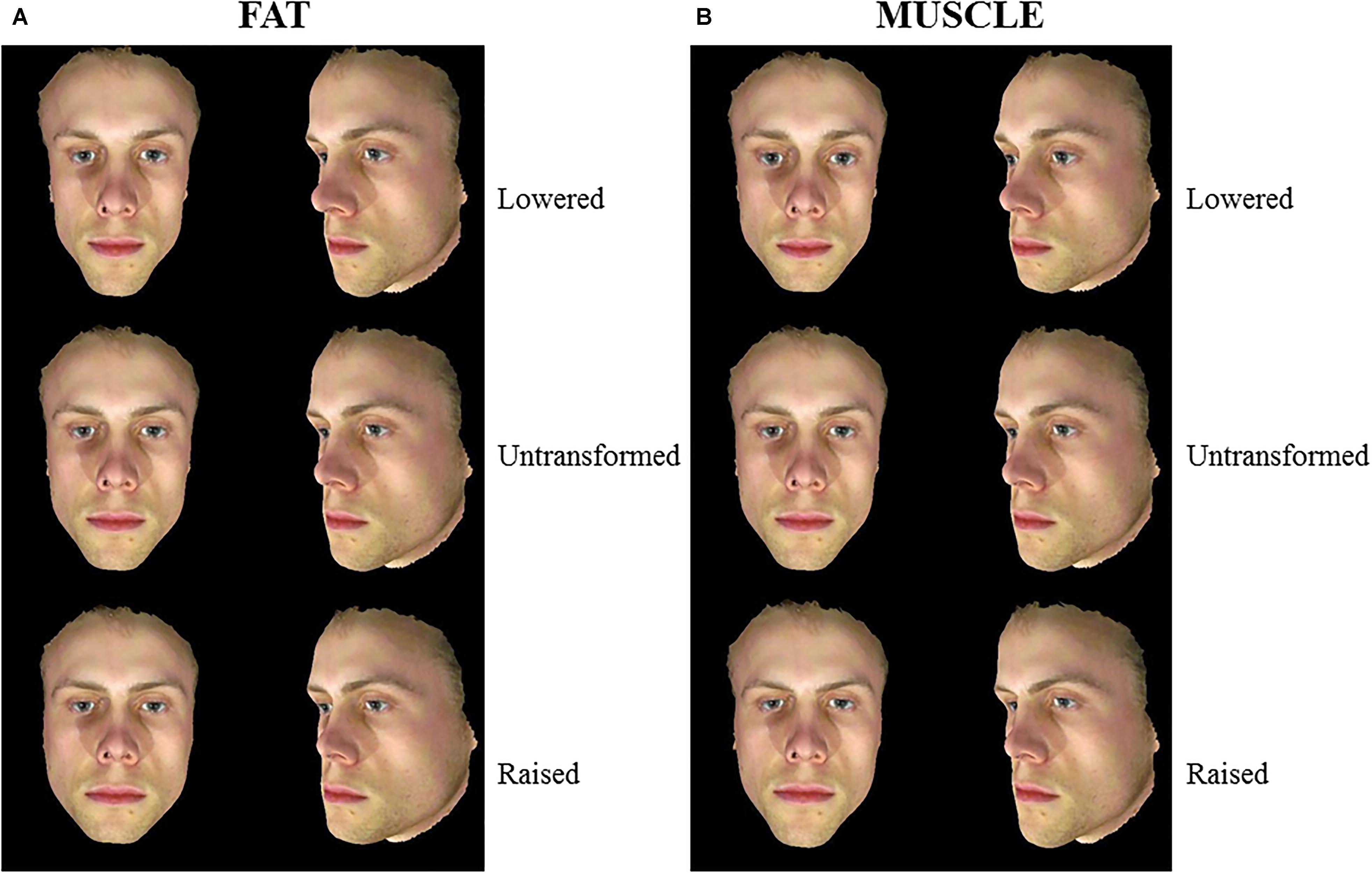
The shape of your jaw is also affected by your childhood eating habits. This can cause the lower jaw to be positioned too far back, causing a weak jawline.

OverbiteĪn overbite refers to when the top front teeth overlap the bottom front teeth. In both age groups, thumb-sucking is more likely to change the jaw when it’s done regularly and vigorously. Thumb-sucking in adults could also contribute to a weak jawline. Continued thumb-sucking can also move the teeth, which could alter the jawline. If a child continues this habit, the shape of their jawbone may change. However, children typically stop thumb-sucking by the age of 5 years old. It’s common for young children to suck their thumbs in response to stress or anxiety. In turn, the surrounding soft tissue has less support, potentially causing it to sag.

This reduces definition in the lower portion of your face.Īging also decreases the volume of your jawbone. AgingĪs you get older, the angle of your jaw increases. As a result, you may inherit a weak jawline from a parent or grandparent.

This includes the shape and structure of your jaw. Many of your physical features are influenced by genetics. You may have a weak jaw for one or more reasons.


 0 kommentar(er)
0 kommentar(er)
